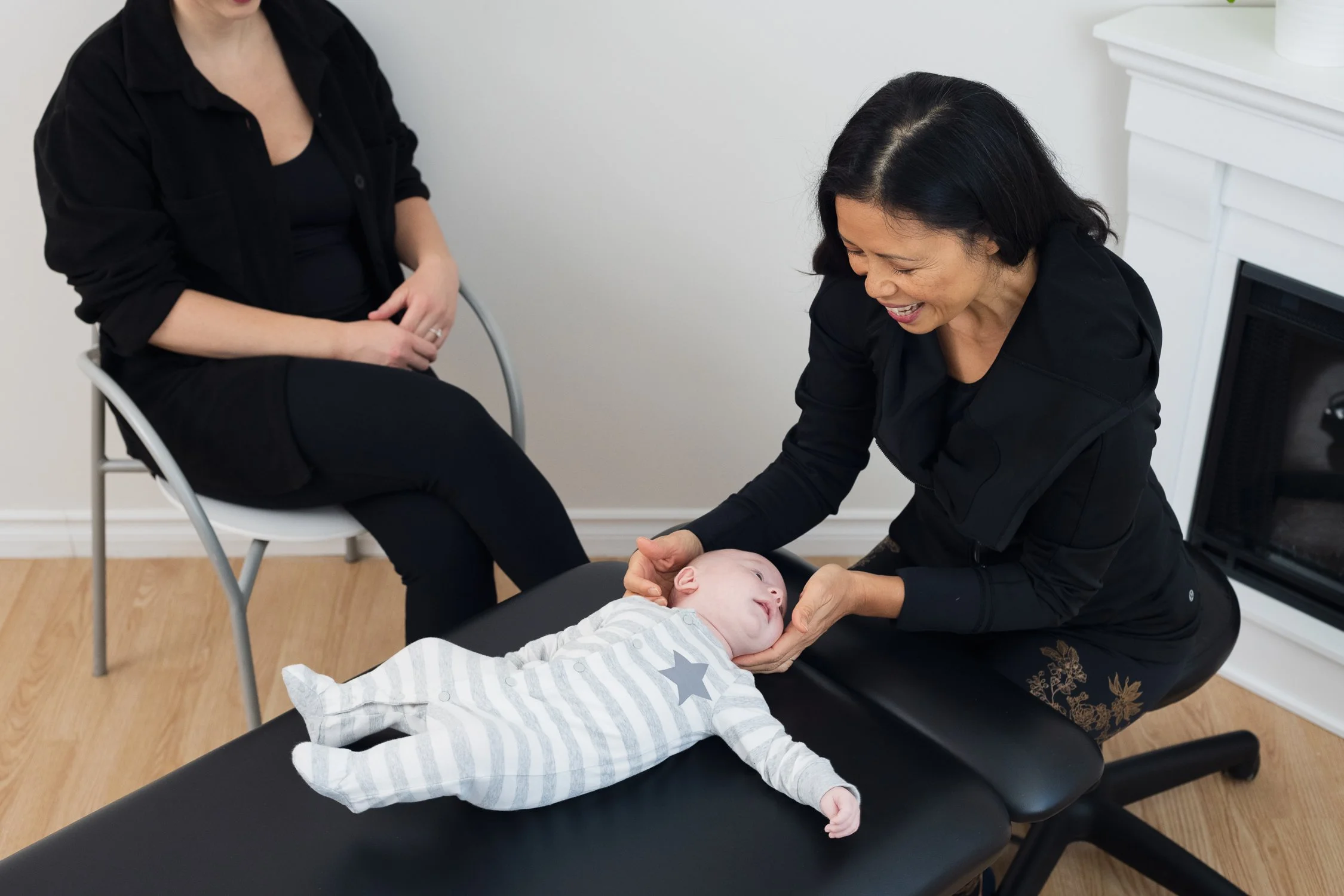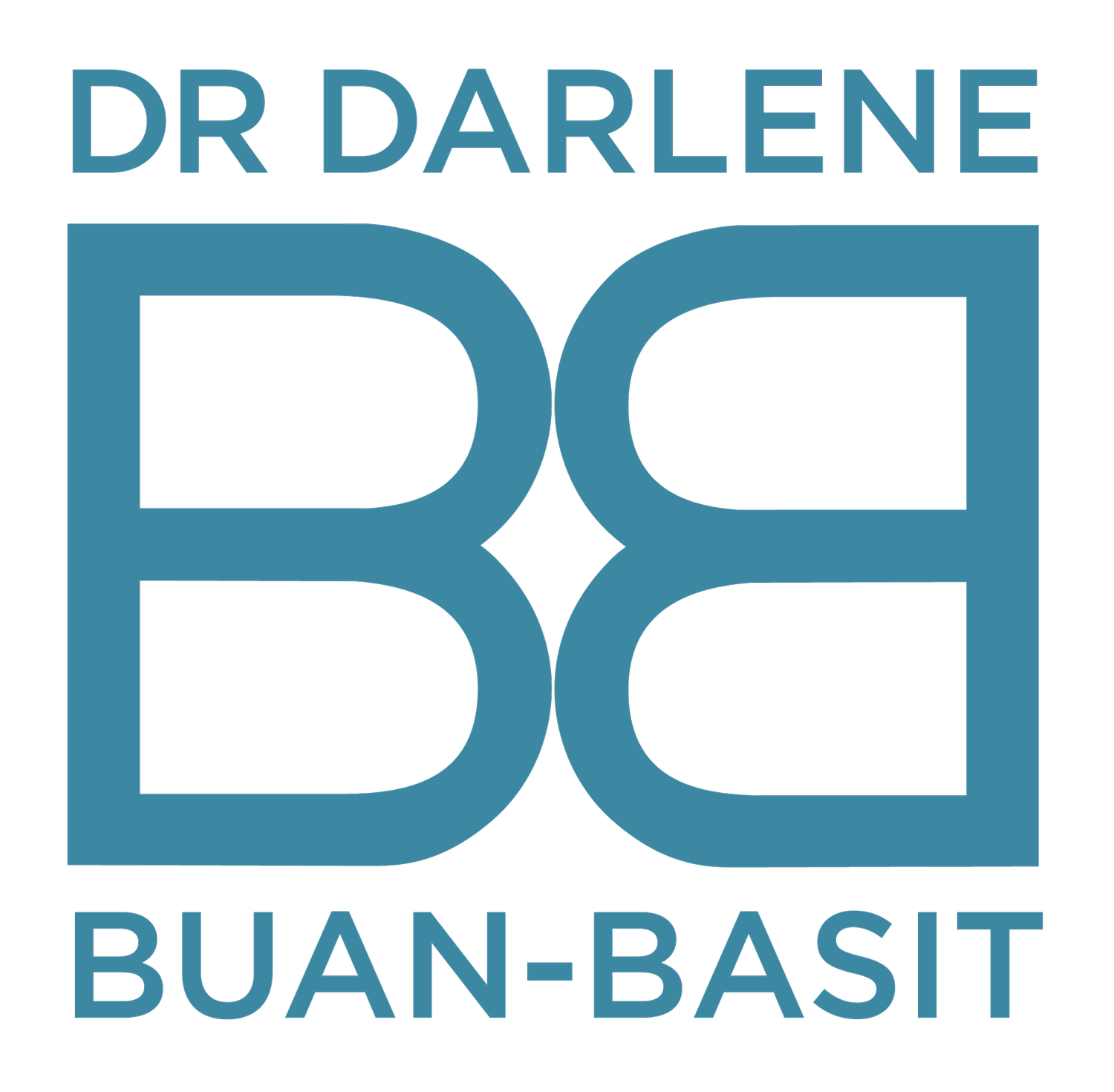
Infant Care and Breastfeeding
BREASTFEEDING SUPPORT
For the mother and baby, breastfeeding should be a pain-free and peaceful experience. Over 90% of new mothers have difficulties breastfeeding within 3 days after birth, with only 13% exclusively breastfeeding until the recommended 6 months.
The first step is to not give up and know there is help. Consult with an International Board Certified Lactation Consultant (IBCLC) in your area. Use this link if you need help finding an IBCLC https://iblce.org/public-registry/
As a chiropractor, I examine and treat babies using the gentle techniques to help babies breastfeed better, and help mom with breastfeed comfortably. To breastfeed properly, babies should be able to turn their heads side to side, bring their head back and open their mouth wide. A deep latch allows babies drink milk with ease.
Helping moms with breastfeeding ergonomics. Finding positions such as koala, cross cradle, sidelying is so importable for the comfortable of both the mother and baby. This will prevent neck, shoulder or wrist pain, and ensure a sustainable breastfeeding journey.
Not all chiropractors are equip to help with breastfeeding. As an IBCLC, I collaborate with other professions to provide manual therapy for both infant and mother.
Although I have completed the requirements to be an International Board Certified Lactation Consultant, my focus is to improve the biomechanics of breastfeeding for the baby and the mother, the dyad.
TONGUE TIES AND BABIES
Tongue ties will affect breastfeeding and can cause many issues for both mom and baby!
As a chiropractor who has successfully managed a tongue tie baby after two (2) tongue tie releases, I researched and trained to examine, diagnose and treat baby’s musculoskeletal restrictions that are affecting breastfeeding, and causing other issues.
Treatment techniques are gentle, including massage and cranial sacral therapy (CST) and mobilizations of restricted areas.
Treatment is helpful before a release to help the baby open their mouths wide, and to help the doctor access the back of the tongue.
Manual therapy helps with breastfeeding difficulties such as: a shallow latch, long fussy feeds, pain and trauma to mother’s nipples.
FAQs:
1. Tongue ties have associated tight muscles and joint dysfunction that affect the baby's ability to suck, swallow or breath, in some feeding positions. For example, if the temporal mandibular joint of the jaw (TMJ) is restricted, the baby cannot open wide. This can lead to a shallow latch, or the baby slipping off the breast or compression of the nipple.
2. If muscles of the jaw, mouth, or tongue are tight, their function is weak. Weak muscles have less endurance. Babies will get tired and sleepy at the breast as they get tired from working too hard to drink milk.
3. Tight muscles can affect the the frenotomy. If the baby cannot open their mouth wide for the release, or lift their tongue, the release may be “incomplete” as the frenelum in the back of the tongue cannot be accessed by the doctor.
4. A "faux tie" is a phenomenon described by Allison Hazelbaker, when constricted muscles cause the appearance of a significant frenum. These constricted muscles can be relaxed with manual therapy and improve breastfeeding.
4. To get the best latch, babies need to be able to be comfortable to TURN their heads side to side (ROTATION) and bring their head back (EXTENSION)
6. To keep the latch and seal, babies need to maintain a wide mouth AND a good seal with their lips.
A proper neuromuscular exam can help diagnose specific tight muscles and joints in the baby. Treating those restricted or tight areas can improve the baby's latch and ability to feed.
Dr. Darlene Buan-Basit offers Telemedicine for patients who prefer convenient phone or video appointments due to distance. This is more convenient for those in remote locations or those who wish to be home for appointments, avoiding traffic and This is more convenient for those in remote locations or those who wish to be home for appointments, avoiding traffic and parking, and for parents of newborns:
Observation and medical history of baby to provide personalized treatment recommendations
Personalized post frenectomy stretching and baby massage education
Personalized before and after care recommendations, and pain control options.
Email: dr.darlene@chiropracticpilates.com to schedule
Dr. Darlene Buan-Basit is passionate about helping families who are experiencing tethered oral tissues: tongue tie, lip tie and sometimes buccal ties.
She is an elected board member of the International Consortium of Oral Ankkylofrenula Professionals (ICAP). This global organization is committed to the education, research and advocacy of best practices for assessment, diagnosis and integrative treatment of restricted oral tissues. To learn more or get involved, please see ICAP | Tongue Tie | Oral Tissues | Ankyloglossia | Canada
BABIES & TODDLERS
If you feel like something is "off" with your baby and toddler, but you do not know what it is or how to make
it better, seek help. After a history and examination, we will discuss possible diagnosis and use gentle
techniques to help. These are common conditions we help:
Birth trauma – including Tortocollis.
Fussy and colic constant, frequent, screaming cries are a baby’s
Delayed motor skills examination and milestones assessment
Life traumas – falls, bumps, limping
Did you know birth trauma is "normal" but it does have effects. Being a concerned parent is your right, and you need to ask questions and understand. We can help, because helping babies and toddlers overcome "normal birth trauma" as soon as we can allows them to grow into healthy, happier children.


